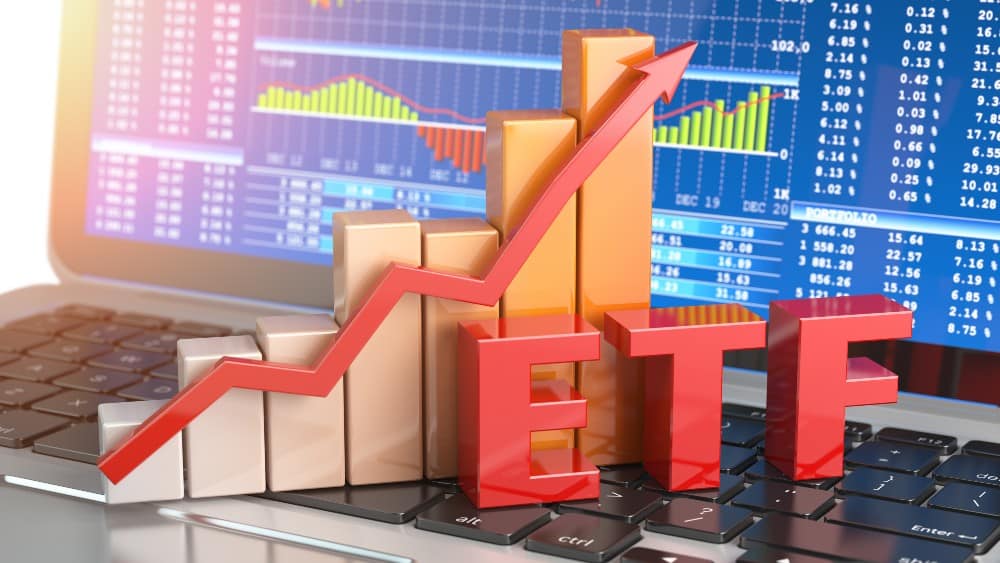
Image source: Getty Images
For an exchange-traded fund (ETF) to be a “buy and hold forever” for me, it needs to do just two things: be broadly diversified and have a low management expense ratio (MER).
That’s it. Checking off these two boxes can set you up for long-term success without overcomplicating your portfolio. With that in mind, here’s how I’d split a $1,000 investment among three ETFs that fit the bill.
$600 in U.S. stocks
I’d allocate 60% of this portfolio—$600—to U.S. stocks using BMO S&P 500 Index ETF (TSX:ZSP).
This ETF holds 500 large-cap U.S. stocks selected by a ruleset and committee based on size, liquidity, and earnings quality.
The portfolio is market-cap weighted, meaning larger companies make up a bigger share of the ETF. This structure ensures you’re investing in some of the most established and well-known names in the U.S. economy.
Best of all, ZSP comes with a very low MER of just 0.09%, keeping more of your money working for you.
$300 in international stocks
The U.S. market is great, but you don’t want to bet on it outperforming forever.
That’s why I’d allocate 30%—or $300—of this portfolio to international stocks from outside the U.S. using BMO MSCI EAFE Index ETF (TSX:ZEA).
EAFE stands for Europe, Australasia, and the Far East. This ETF covers developed markets across countries like Japan, Germany, Switzerland, the United Kingdom, France, and Australia, giving you exposure to a broader global economy.
At an MER of 0.22%, ZEA is pricier than some domestic options. However, that’s normal for international ETFs, and it’s still a very affordable way to add global diversification to your portfolio.
$100 in Canadian stocks
The final piece of the puzzle is a 10% allocation to our domestic stock market.
Of course, you could omit this if you’d rather pick individual Canadian stocks, but if you want a hands-off approach, BMO S&P/TSX 60 Index ETF (TSX:ZCN) is perfect for the role.
This ETF tracks 60 of the largest Canadian companies, with a natural tilt toward financials and energy. That allocation offsets the tech, healthcare, and industrials focus of ZSP and ZEA perfectly, giving you a well-rounded portfolio.
Its MER comes in between ZSP and ZEA at 0.15%, and it also pays a tax-efficient 2.72% distribution yield.

